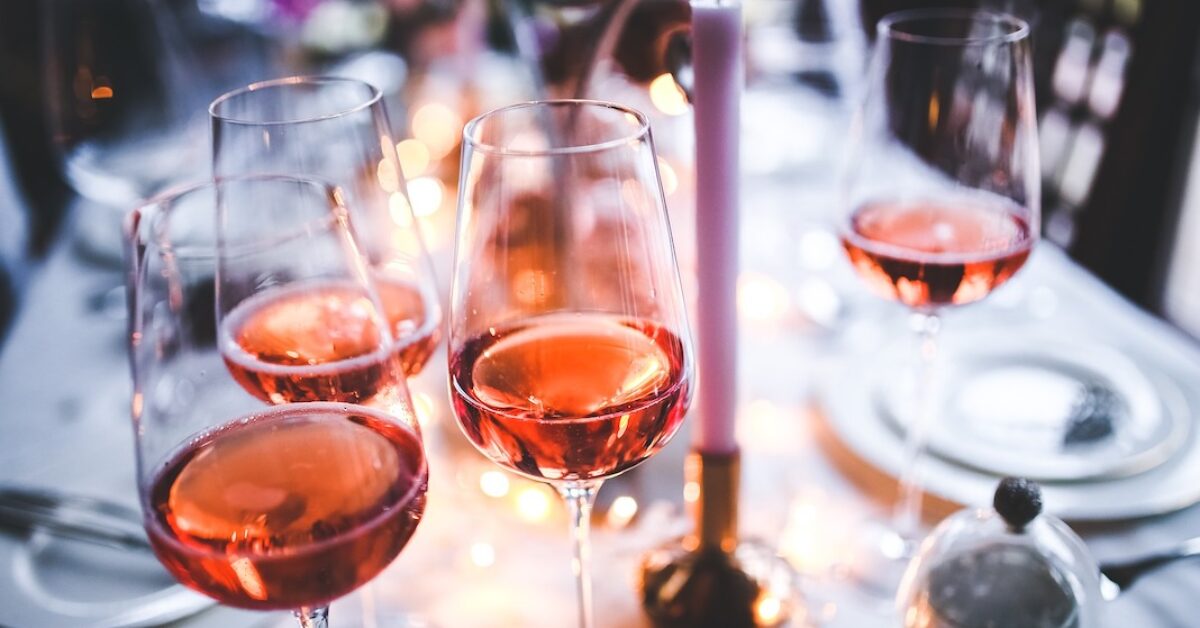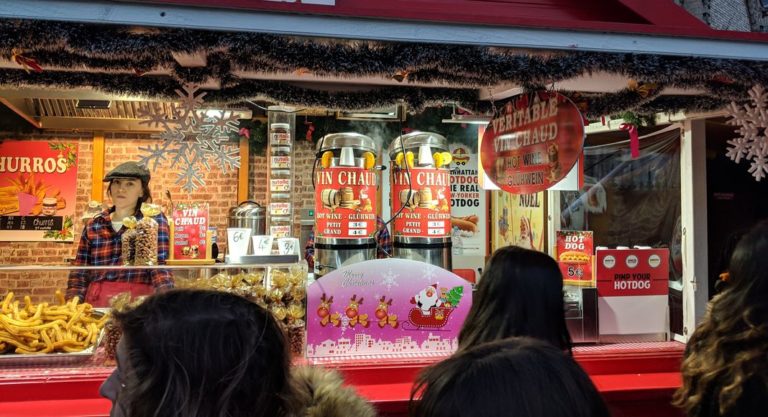French wine is delicious, but way too complicated. Here’s our seven tips for a base understanding of French wines.
1. Terroir is key
One of the keys to French wine is geography, or what the French call (*snooty voice*) terroir. The location where the grapes are grown, with its particular climate and type of soil, makes a big difference in what kind of wine you get. So French wines are usually named after the place they come from, rather than the type of grape. As you read about each reliable (and cheap) kind of wine, you’ll be able to find its region on the map below.

2. Everything you ever need to know is on the label
The label on the wine bottle gives you important information. First, the name tells you where the wine comes from—Bordeaux, Sancerre, etc.— and thus what kind it is. Second, it tells what year it was produced. Third, it tells who made it, like Château Romanin or Domaine Mayard.
3. Grapes and vintage are what make a wine
In France, the name of the wine tells you what kinds of grapes are used. Sometimes it’s just one grape, sometimes it’s a blend of different grapes. Check the back of the bottle; the grapes are often listed there.
As for the year it was produced — the “vintage” — this is important because quality can vary a lot depending on the weather that year. (Note: “vintage” does not necessarily mean that the wine is old. “Vintage” means all the grapes were grown in one year. A “non-vintage” (NV) means the wine was made from grapes grown in multiple years.) Here’s a handy vintage chart. Good news: recent vintages like 2014, 2015, and 2016 are all excellent.
4. Get familiar with a few white wines
Sancerre (“sawn-sehr”): This is a real crowd-pleaser, like Pinot Grigio but with more flavor. It is made from the Sauvignon Blanc grape and is great to either sip at a party or have with a meal. Try it with goat cheese — it’s crazy good!
Bordeaux Blanc (“bore-dough blonk”): When most people think of Bordeaux they think of red wine, so this “white Bordeaux” is the insider secret. A blend of two grapes, Sauvignon Blanc and Semillon, it is similar to Sancerre but has more body and goes with lighter foods like chicken, fish, and pasta.
Vouvray (“voo-vray”): This is a classy wine to have with a meal, rather than as a casual one for sipping. It is made from the Chenin Blanc grape and you can get it dry (sec), sweet (brut) or in between (demi-sec.) The sweeter ones are terrific with spicy Asian food.
5. Learn about some red wines
Beaujolais (“bo-jho-lay”): Made from the Gamay grape, this is France’s most versatile red wine and goes with practically any food. It’s not too heavy, not too light, not too fruity, not too dry — a real Goldilocks of wine!
Beaujolais wines come in three levels of quality and none of them is expensive. The wine labeled “Beaujolais” is good. “Beaujolais-Villages” is better. And the top “Cru Beaujolais” wines have a special name on the label like Fleurie or Juliénas.
Côtes du Rhône (“cote-doo-rone”): These are fruity, robust wines that are perfect with a hearty winter meal. They are blends and the most common grapes are Grenache, Syrah and Mourvedre — look for ones with lots of Grenache and not much Mourvedre.
Bordeaux (“bore-dough”): While famous for its grand crus, Bordeaux also produces a lot of delicious, inexpensive wines. They are usually a blend of Merlot and Cabernet Sauvignon grapes. Merlot is a medium-bodied wine that goes with lots of different foods. But pump up the Cabernet and you get a wine that shouts, “It’s time for steak!”
6. Definitely learn a few sparkling wines
Nothing says fête like sparkling wine, and Champagne is always the best. Unfortunately it is also so expensive. Want a sparkler that doesn’t break the bank? Then skip the Prosecco and step up to a French Crémant like Crémant d’Alsace or Crémant d’Bourgogne. You won’t be sorry.
7. Know how to always pick a reliable rosé
French rosés are dry rather than sweet and you can drink them year-round. The best come from Provence, so look for that word on the label.







